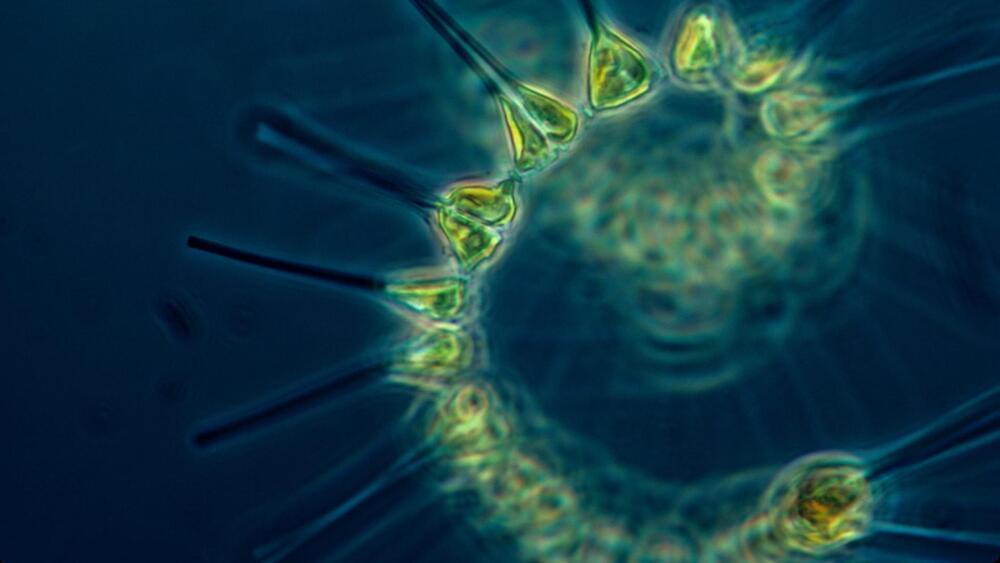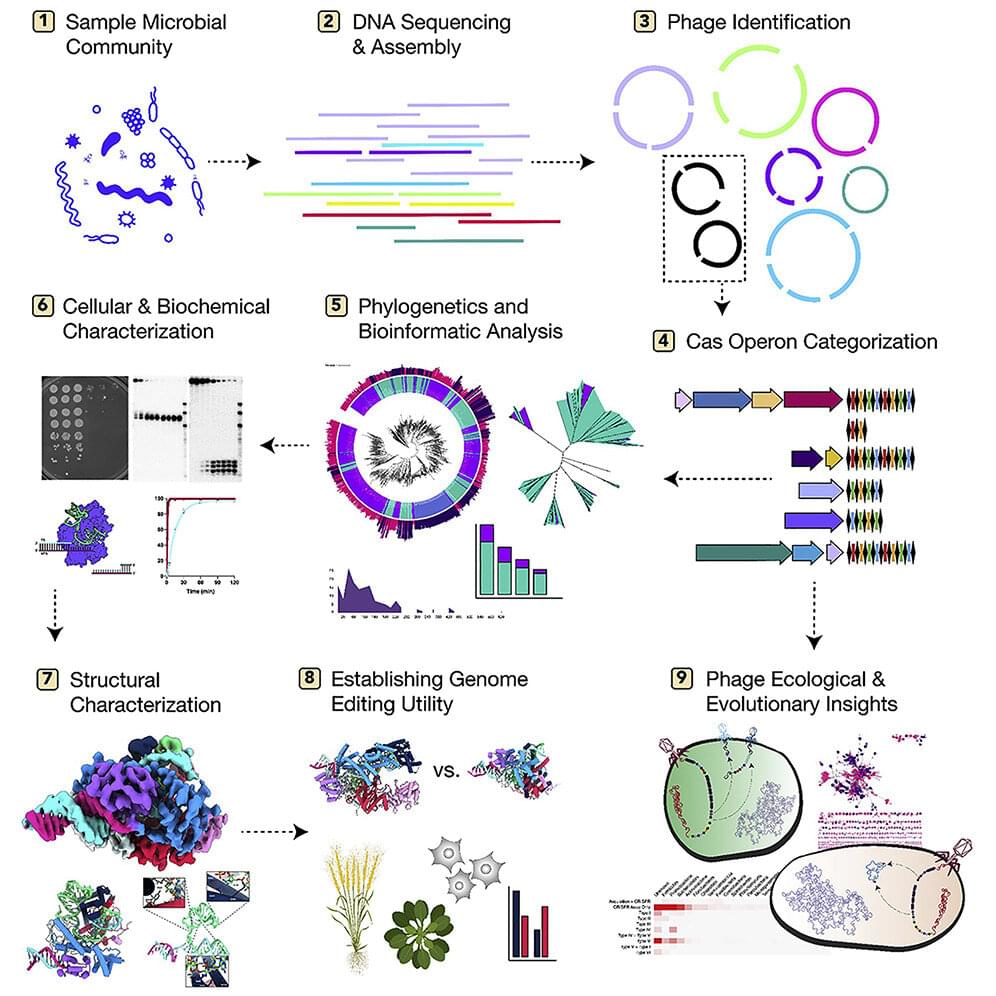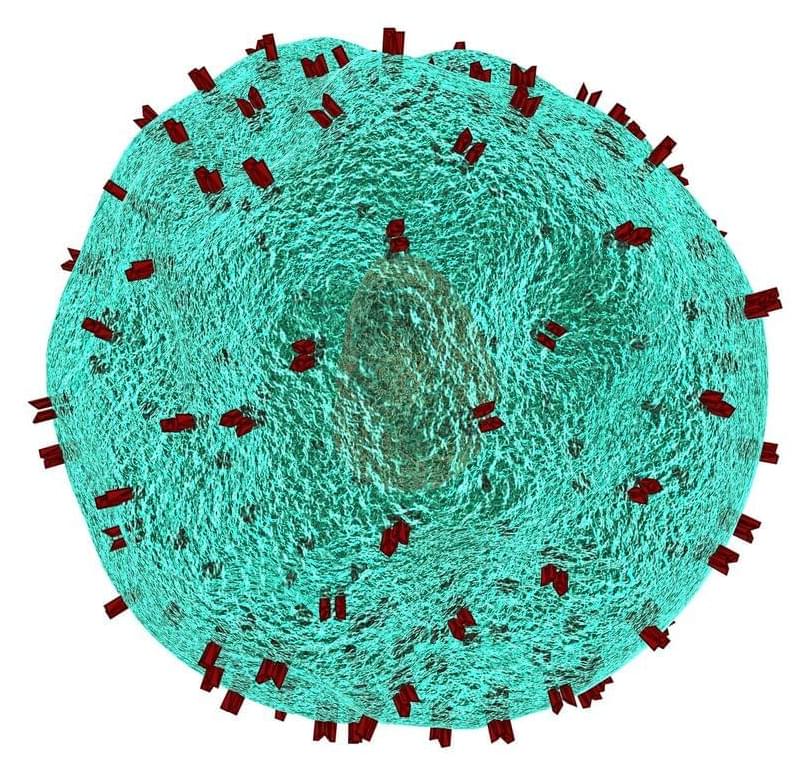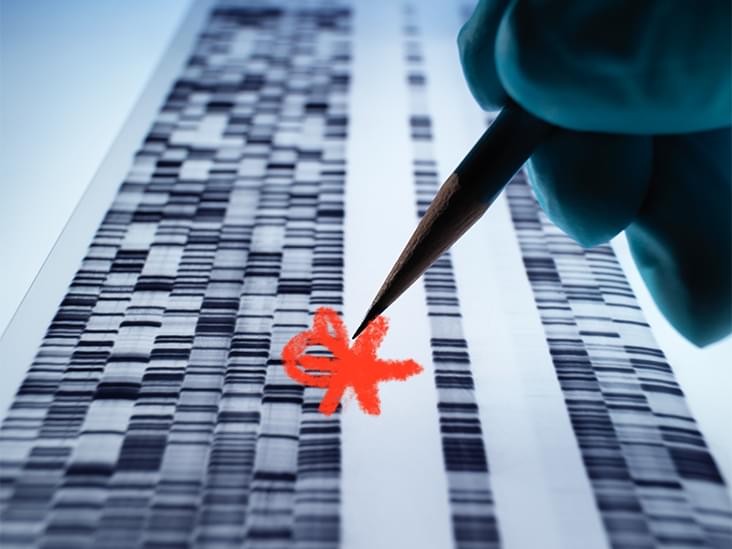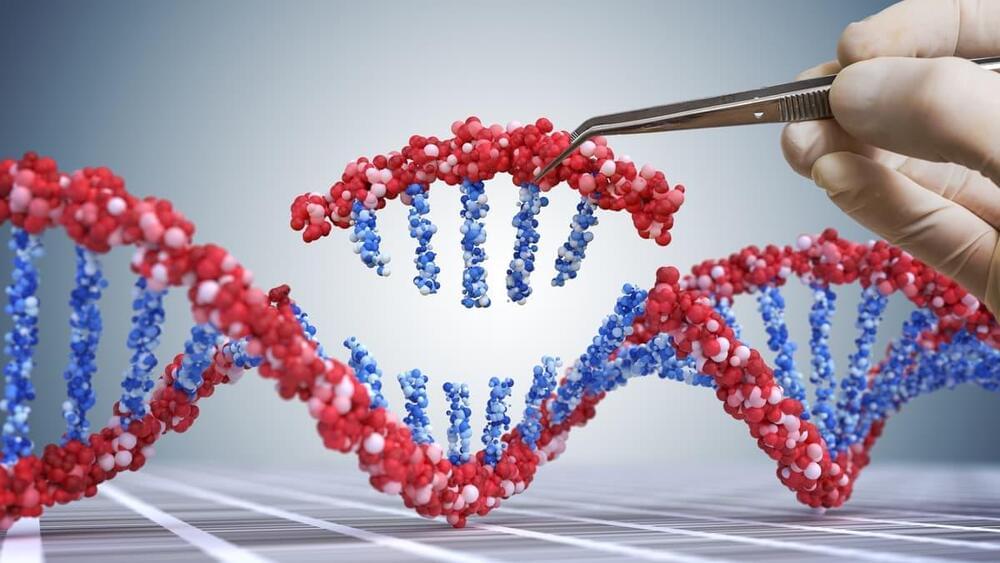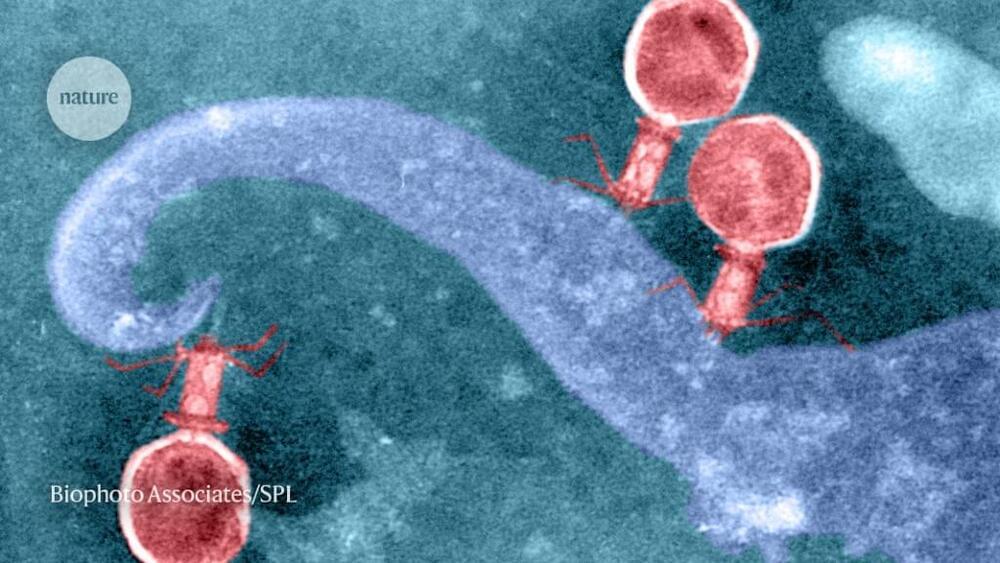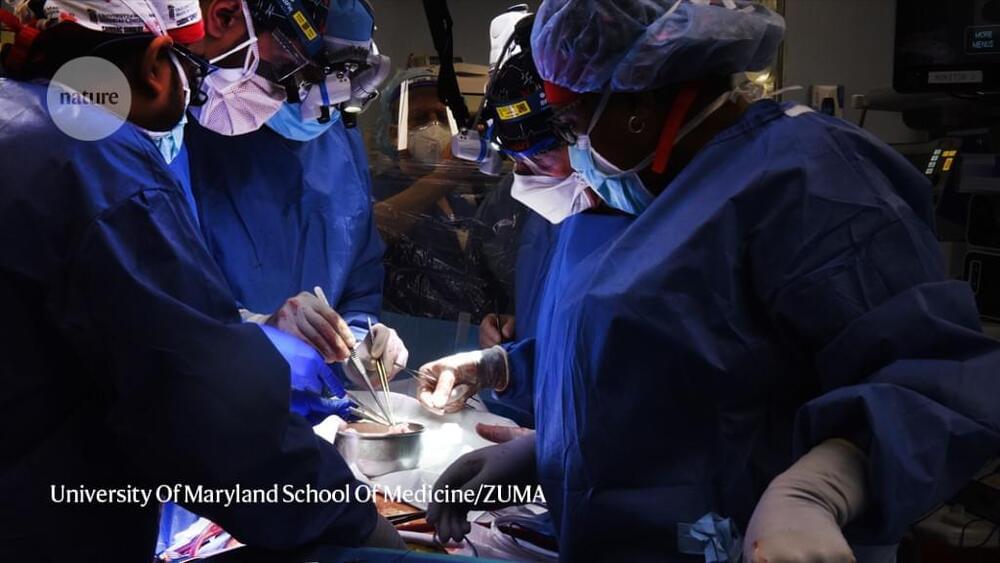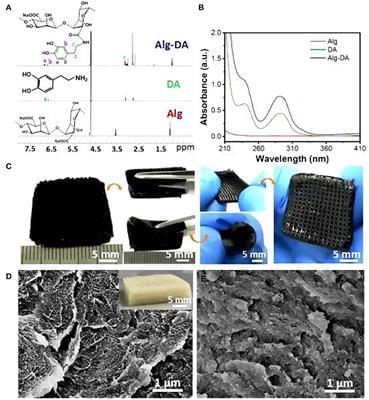Nov 30, 2022
Engineered nanoparticles can help phytoplankton kidnap the excess CO2 on Earth
Posted by Gemechu Taye in categories: bioengineering, nanotechnology, sustainability
The solution to our carbon problem is floating in the oceans.
Phytoplankton are microscopic organisms (can be bacteria, algae, or plants) that perform photosynthesis in oceans and eliminate excess carbon dioxide from Earth’s atmosphere. They sequester about 40 percent of the total carbon produced every year globally and, therefore, also play a major role in mitigating global warming.
Continue reading “Engineered nanoparticles can help phytoplankton kidnap the excess CO2 on Earth” »
